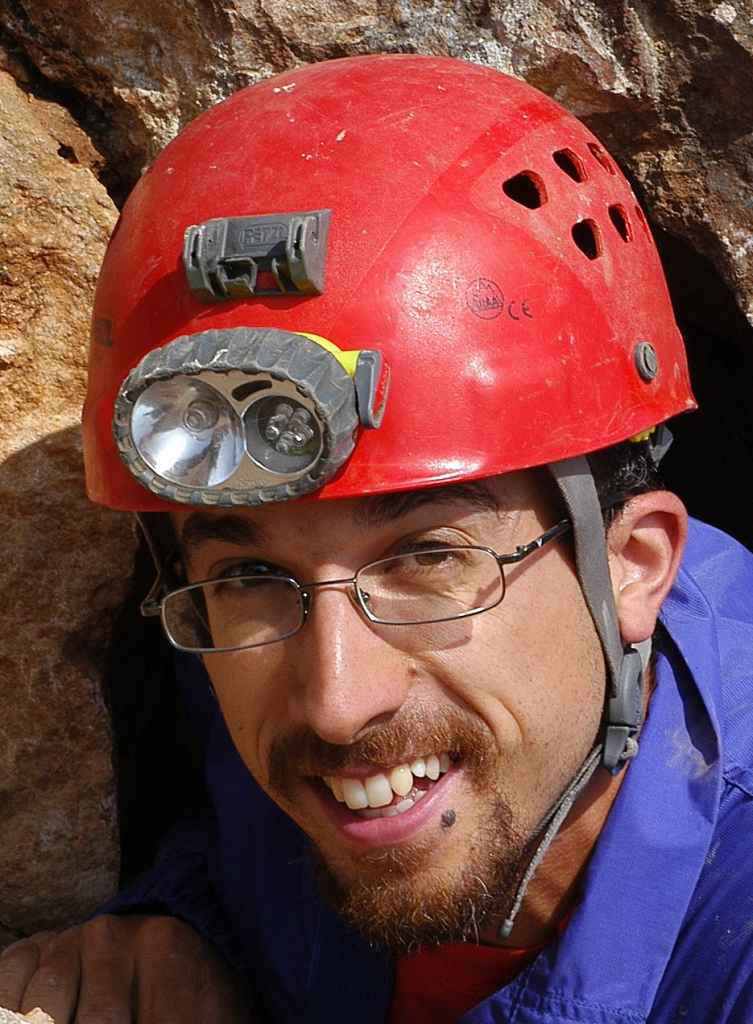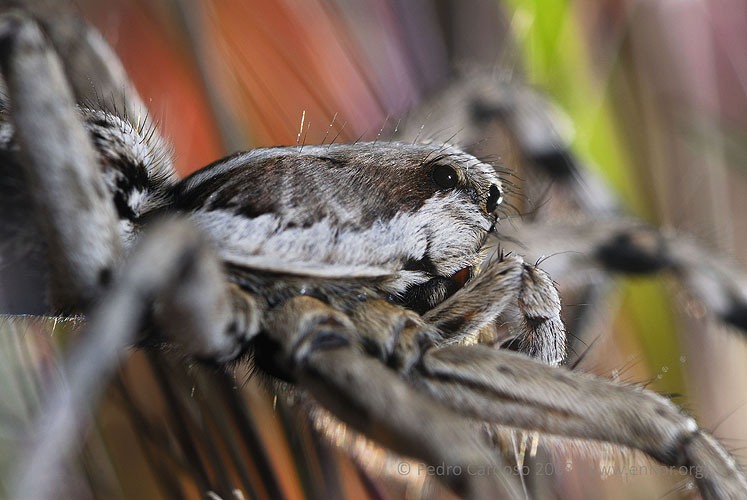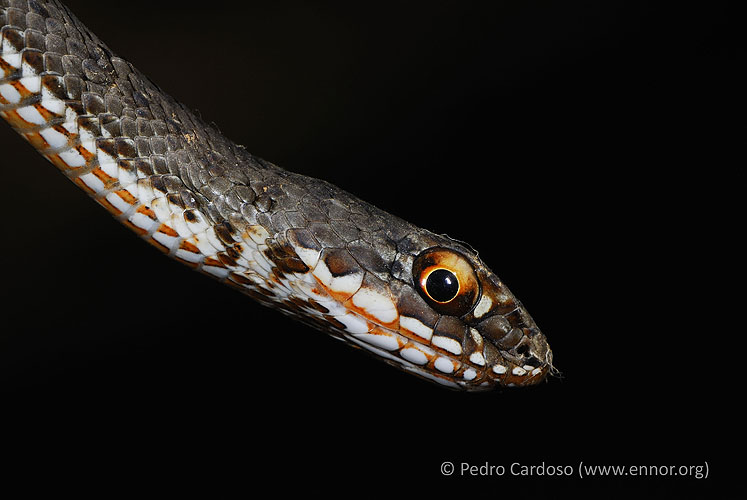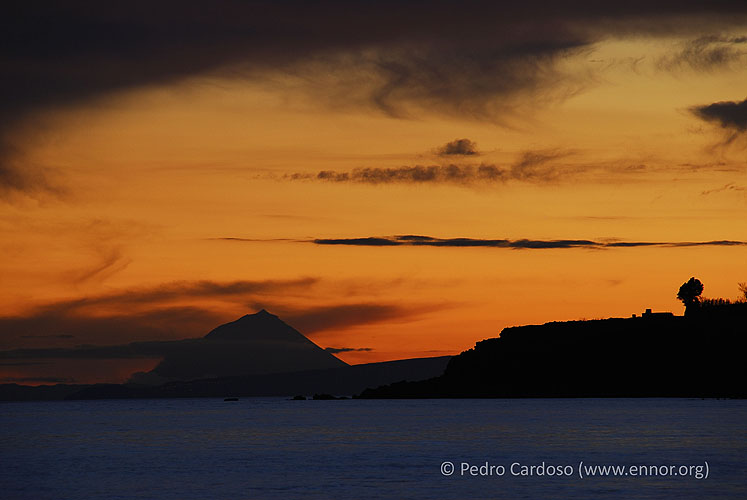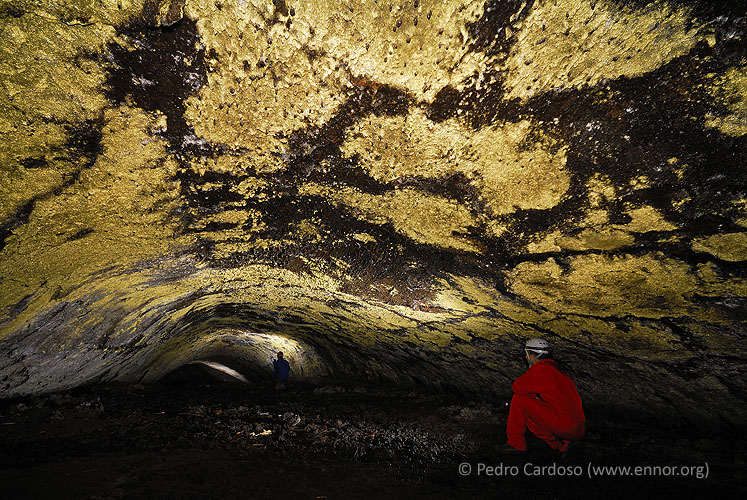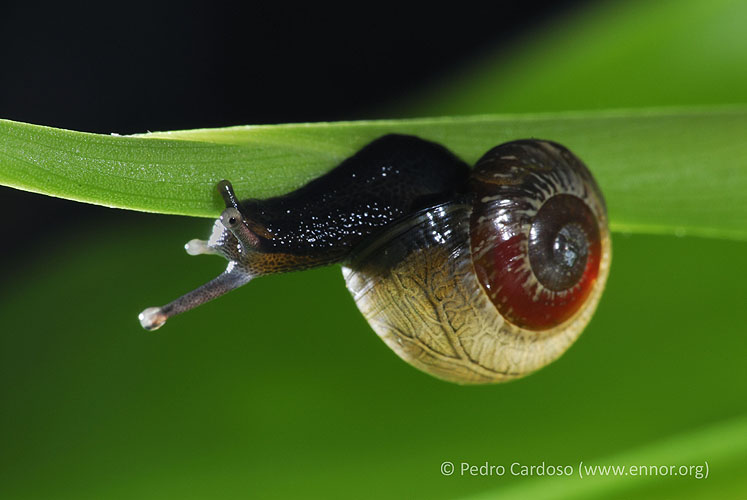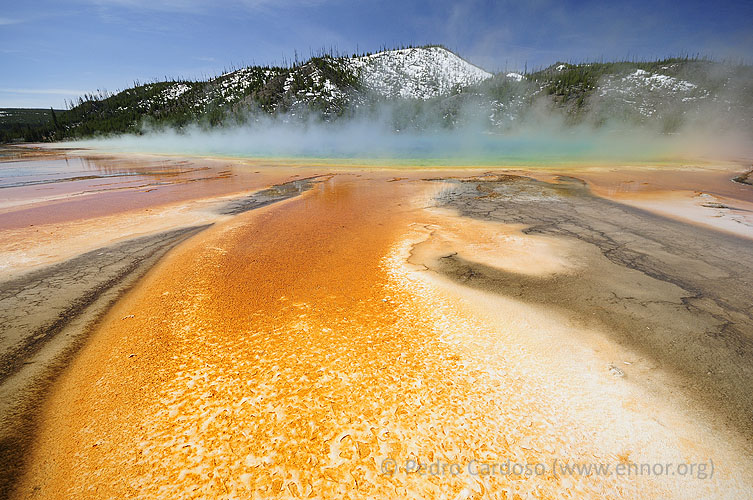Pedro Cardoso
Curator, Principal Investigator
|
I am a curator for arachnids, millipedes and terrestrial molluscs. My research currently spans a number of different subjects, from ecology and biogeography to conservation biology and taxonomy. I use different ways to approach such disciplines, from spatial statistics to the broad field of artificial intelligence. I am also the PI of LIBRe - Laboratory for Integrative Biodiversity Research. |
|
Research topics |
Publications and activities (links) |
3.10.2018
